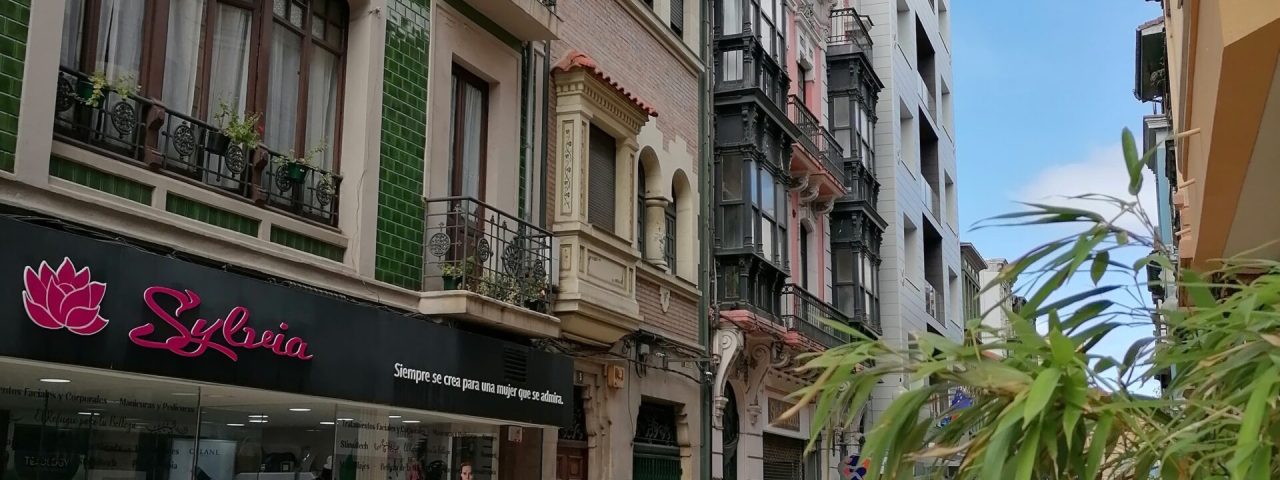Avilés has a long and rich history that stretches back to the Roman period, when it served as a key port and trading post. The city gained prominence during the Middle Ages, thanks to its strategic location and access to the sea. During this time, Avilés became a significant commercial hub, and many of the city’s oldest buildings and streets date from this period. The influence of Christian, Romanesque, and Gothic architecture can be seen in many of the city’s churches and public squares.
Culturally, Avilés is known for its vibrant festivals and deep-rooted traditions. One of the most popular is the Antroxu Festival, Avilés’ unique take on Carnival, which brings colorful parades, elaborate costumes, and musical performances to the streets each February. Another notable cultural event is the Semana Santa (Holy Week) celebrations, which feature processions through the city’s historic center. Throughout the year, Avilés hosts several other cultural festivals, such as the Avilés Interceltic Festival, which celebrates Celtic music and traditions, drawing visitors from all over Europe.
In addition to its festivals, Avilés is home to a number of historical landmarks, including the Church of San Nicolás de Bari and the Palacio de Ferrera. These historic sites offer visitors a glimpse into the city’s past while blending seamlessly with its modern-day cultural offerings.
